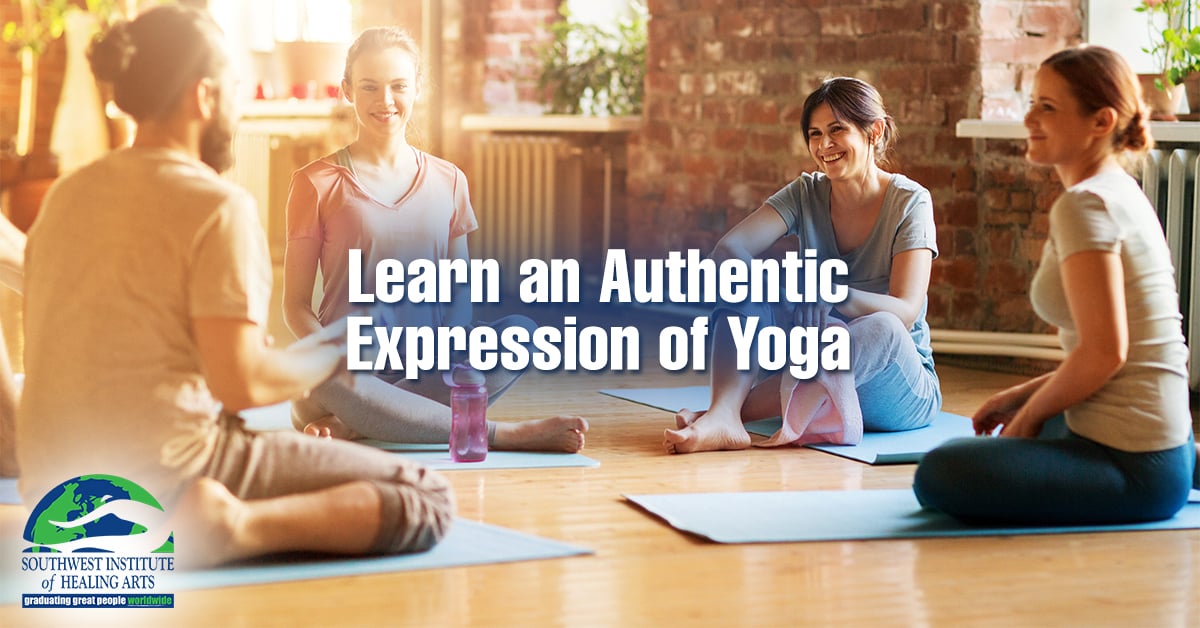
1. When choosing a Yoga Teacher Training program, it’s important you choose a program recognized by reputable licensing or a credential is involved is so that when you present yourself for employment your training will be recognized.
Yoga Alliance (YA) is the largest independent organized credentials body available in the world. Their standards for a Yoga Teacher Training facility include:
• Has a definite, pre-defined curriculum with competencies and sub-competencies that meet Yoga Alliance’s standards;
• Offers a training program that is taught by experienced yoga teachers who are qualified to train others to become yoga teachers; and
• Offers a consistent approach that supports authenticity of lineage, style, or methodology, rather than a survey of different approaches.
Beware of choosing a Yoga Teacher Training program that is not YA approved. Consider where you will be listed, where you’ll get your liability insurance, and how future employers will perceive your credentials. Many major gyms and yoga studio chains require their Yoga Teachers to be a Registered Yoga Teacher.
You will also want to be aware of your consumer protection options. How would you seek restitution for an injury, or an unsafe educational environment? SWIHA is a nationally accredited, state licensed post-secondary college, licensed by the Arizona Private Postsecondary Board of Education and accredited by ACCET, the Accrediting Council for Continuing Education & Training as well as recognized by the US Department of Education. All of these agencies have consumer protection avenues in place. As a point of fact, SWIHA has never had a student concern or complaint filed with any of these agencies.
2. Understand the instructor of the Yoga Teacher Training program’s credentials, how long they have been teaching, and which types of yoga they are familiar with.
Be wary if someone just recently graduated from a 200-Hour Yoga Teacher Training program and begins to offer to train new Yoga Teachers. It is wise to make sure that, at the very least, they are registered as an E-RYT 200, meaning that they have graduated from a 200-hour training program and have two years of experience as a Yoga Teacher.
At Spirit of Yoga, we require our instructors to be active in the holistic wellness industry and hold the distinction of an E-RYT 500. This additional advanced training gives them the knowledge to properly modify poses for every body, queue and sequence safely, and bring specialized awareness to their instruction.
3. Be wary if a public studio’s Yoga Teacher Training program is constantly promoted in class.
While we do offer public yoga classes, Spirit of Yoga is an educational facility first and foremost. The bulk of our revenue is from Yoga Teacher Training, because that is our ultimate mission—to train competent, authentic practitioners to start their own yoga ventures, whether that be studio classes, private one-on-one sessions, or any plethora of ways our graduates have chosen to serve in the world.
If you attend a class at an ‘indie’ yoga studio and they are constantly promoting their yoga teacher training program in a class, you may want to step in to that offering with a critical eye. New graduates are often eager to step in to teaching and can supply a cheap labor force for studios.
4. Get curious about the lineage, methodology, and philosophy of yoga that the Yoga Teacher Training program follows.
It’s no secret that, with the Westernization and commodification of yoga, many ‘yoga classes’ are merely fitness-based. This is not in alignment with the heart of the practice, which is an ancient mind-body-spirit modality. Not only is there the physical practice of yoga—the Asana—there are schools of philosophy, honored lineages, and core beliefs to the tradition. You will want to make sure that the style and school of thought resonates with you.
Spirit of Yoga is thrilled to be partnered with the Amrit yoga lineage. As Amrit Desai, one of the few remaining living yoga masters who originally brought over the authentic teachings of yoga in the early 1960s, has said, “If yoga doesn’t change your life, it isn’t yoga.” Our facility offers Yoga Nidra, Yoga Body Psychology, and Meditation in Motion as advanced certification options which have been developed by the Amrit Yoga Institute.
5. Consider what Advanced Training and Specialty options are available.
When you begin your Yoga Teacher Training journey (especially at a 200-hour level), you will quickly realize that there is so much more to yoga than can be covered in just a few months of class! You will want to set yourself up as a stand-out by bringing unique knowledge to your future classes or one-on-one students. It's important that there are opportunities to deepen your practice, make yourself more marketable, and be able to serve your clients on a mind-body-spirit level.
SWIHA offers both a 600-hour and 800-hour Advanced Yoga Teacher training, with electives such as Restorative Yoga, Singing Bowl and Gong training, and Yoga for Trauma Recovery. Click here to read more in-depth about all of our Yoga Teacher Training offerings.


